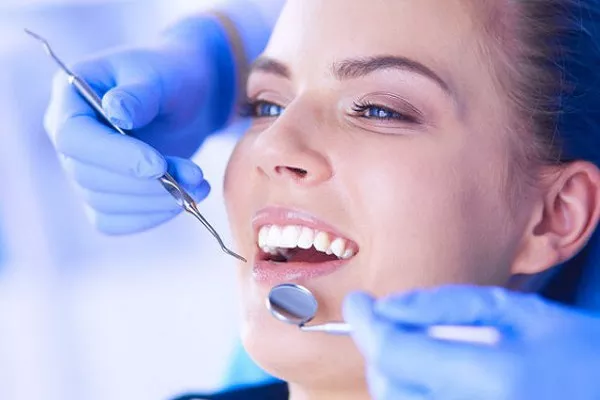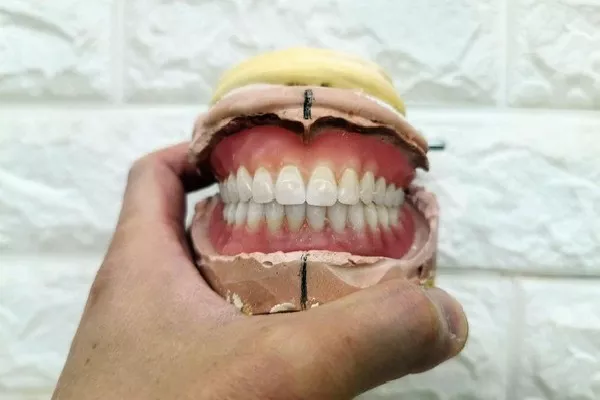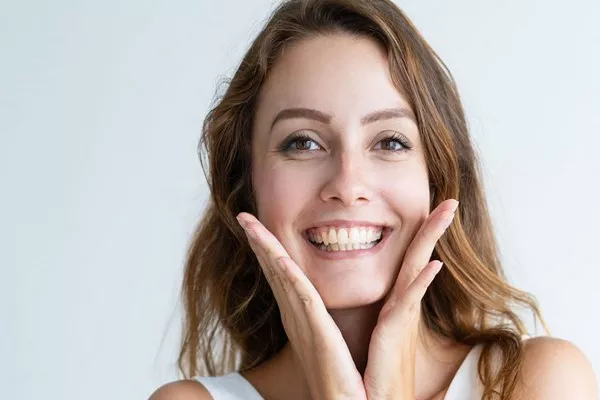The term “overbite” refers to the extent to which the upper teeth overlap the lower teeth when biting down. When an overbite is too pronounced, it can cause aesthetic concerns, as well as functional issues such as difficulty speaking or chewing. As a result, many people with overbites seek treatment options to correct the issue. However, a common concern among patients is whether overbite correction can change their facial structure. In this article, we will explore this question in depth.
The Mechanics of Overbite Correction
Overbite correction is the process of moving the upper teeth backward and/or the lower teeth forward to reduce the vertical overlap between them. This is typically done through orthodontic treatment, and sometimes in conjunction with other dental procedures such as extraction of teeth or jaw surgery.
Here are some of the mechanics involved in overbite correction:
- Braces
Braces are commonly used to correct overbite. They are placed on the teeth and connected by an archwire that puts pressure on the teeth to move them into their desired positions.
- Elastics
Elastics are often used in conjunction with braces to help correct overbite. They are attached to hooks on the brackets and worn in different configurations depending on the severity of the overbite.
- Headgear
In some cases, headgear may be used to help correct overbite. This appliance attaches to the braces and is worn outside the mouth to provide additional force to move the teeth.
- Tooth extractions
In severe cases of overbite, tooth extractions may be necessary to create space for the remaining teeth to move into their proper positions.
- Jaw surgery
In extreme cases of overbite, jaw surgery may be required to reposition the upper or lower jaw. This is usually reserved for cases where the bite cannot be corrected through orthodontic treatment alone.
The Impact of Overbite Correction on Facial Structure
Overbite correction can have a significant impact on the facial structure, particularly in cases where the overbite is severe. Here are some of the ways that overbite correction can affect facial structure:
- Improved facial balance
Correcting an overbite can help to improve the balance and symmetry of the face. This is because the upper and lower jaws will be properly aligned, which can help to improve the overall appearance of the face.
- Improved profile
In cases where the overbite causes a convex or concave facial profile, correcting the overbite can help to improve the profile. This is because the teeth and jaws will be properly aligned, which can help to create a more aesthetically pleasing facial shape.
- Reduced appearance of a receding chin
An overbite can cause the appearance of a receding chin, as the lower jaw is pushed back. Correcting the overbite can move the lower jaw forward, which can help to reduce the appearance of a receding chin.
- Improved facial skin and muscle tone
Over time, an overbite can cause the facial muscles and skin to become stretched and lax. Correcting the overbite can help to tighten these muscles and skin, which can help to restore a youthful appearance to the face.
Potential Risks and Complications
While overbite correction can improve both the function and aesthetics of a person’s smile, it is not without risks. Orthodontic treatment, in particular, can cause temporary discomfort, such as soreness or tenderness in the teeth and gums. It is also possible for orthodontic treatment to cause damage to the teeth or gums, although this is relatively rare.
Orthognathic surgery, on the other hand, carries a greater risk of complications. Some potential risks associated with jaw surgery include:
- Infection
- Nerve damage
- Bleeding
- Pain or swelling
- Changes in bite or speech
It is important to note that these risks are relatively rare, and the vast majority of people who undergo overbite correction do not experience any significant complications.
Professional recommendations for overbite correction
- If you’re concerned about the impact of overbite correction on your facial structure, it’s essential to speak with a dental professional. They can assess your individual situation and recommend the most appropriate treatment options.
- In general, orthodontic treatment is often the first line of defense for overbite correction. Braces or clear aligners such as Invisalign can be used to gradually shift the teeth into their proper positions, reducing the overbite. This method is often the most effective and least invasive.
- For more severe overbites, orthodontic treatment may be combined with surgical intervention. Orthognathic surgery can involve moving the upper jaw, lower jaw, or both, to achieve proper alignment. The surgeon will carefully plan the procedure to ensure that the changes to the facial structure are minimal and harmonious.
- Ultimately, the goal of overbite correction is to achieve proper dental alignment, which can have numerous health benefits, including improved bite function and a reduced risk of dental problems such as decay and gum disease. While there may be some changes to the facial structure, these changes are typically minimal, and many people find that they’re pleased with the results.
In conclusion, overbite correction can have a minor impact on the facial structure. However, the degree of change will depend on factors such as the severity of the overbite, the type of treatment used, and the individual’s facial anatomy. It’s important to speak with a dental professional to determine the most appropriate treatment options and to address any concerns you may have about the potential impact on your facial structure. With the right treatment plan, you can achieve a healthier, more functional bite without compromising your appearance.
Related Topics:
































